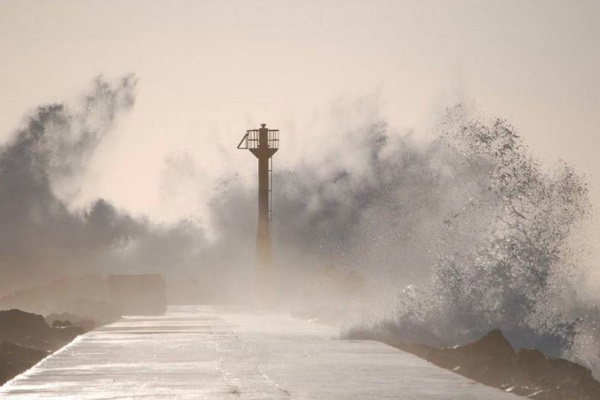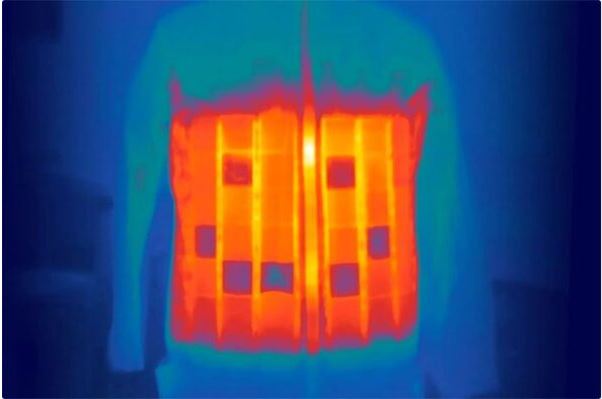According to news from Yicai Global, the Fengwu machine learning model, created by the Shanghai Artificial Intelligence Laboratory, outperformed its European and US counterparts in determining the direction of the storm Doksuri’s movement.
Doksuri is the strongest typhoon to make landfall in China so far. “Between 21 and 27 July, Fengwu’s forecast for the direction of Typhoon Doksuri was only 38.7 km away from the average, while the corresponding data from the European Center for Medium Term Weather Forecasts was 54. .1 km and the US National Weather Service 55 km,” Shanghai Artificial Intelligence Lab informed Yicai Global.
Doksuri, the fifth typhoon of the year in China, made landfall on July 28. More than 720,000 people in Fujian province were affected, with total direct economic losses reaching 52.3 million yuan ($7.3 million), according to information from the Fujian provincial flood management agency.
The Fengwu model was published by the Shanghai Artificial Intelligence Laboratory and the University of Science and Technology of China in April 2023.
The Shanghai lab says that reducing the error of 1 km in 24 hours can reduce direct economic losses by about 97 million yuan ($13 million), so accurate storm forecasting is crucial. to minimize risks.
In addition, Chinese researchers have created an AI model based on deep learning algorithms to predict the evolution and morphology of El Nino in the central Pacific region.
According to new research published in the journal Advances in Atmospheric, scientists confirm that the El Nino phenomenon in the central Pacific Ocean can have a widespread effect on the global climate, so accurate predictions are very important. important.
Using convolutional neural network technology, researchers from the Institute of Atmospheric Physics (IAP) of the Chinese Academy of Sciences created a deep learning model to predict sea temperature anomalies in the equatorial region. Pacific.
Huang Ping, a scientist at IAP and the study’s author, said: “This study demonstrates the potential of AI in enhancing the ability to predict important weather phenomena such as El Nino, which can be causing serious global impacts.”
The study also shows that the model that combines the predictions from both the AI model and the dynamics model has a higher accuracy, especially in predicting sea surface temperature anomalies in the equatorial region south of the equator. Western and central Pacific.











